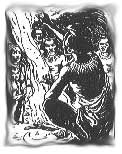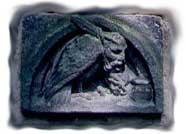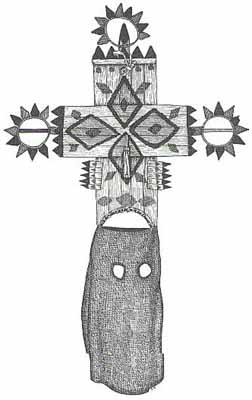
- "That
which is written without effort is generally read without pleasure."
Samuel Smith
 |
Samuel Smith |
| Reader's and Writer's Forum | ||||||
| Novels | ||||||
| Writer's inspirations | ||||||
| Grammar Workshop | ||||||
| Our Newsletter | ||||||
| Links | A lot of people think of storytelling as something that is done at bedtimeŚthat it is something that is done for small children. When I use the term "storytelling," I include a far wider range of telling activity. I also do not limit storytelling to simply old stories, but to again go back to the original view of creation, which sees that it is all part of a whole; we do not differentiate or fragment stories and experiences. In the beginning, Tseitsinako, Thought Woman, thought of all these things, and all of these things are held together as one holds many things together in a single thought... |  |
||||
| Contact me | ||||||
| Back to Main | ||||||
 |
The story telling always includes the audience and the listeners, and, in fact, a great deal of the story is believed to be inside the listener, and the storyteller's role is to draw the story out of the listeners. This kind of shared experience grows out of a strong community base. the storytelling goes on and continues from generation to generation. |
| The Origin story functions basically as a maker of our identityŚwith the story we know who we are. We are the Lagunas. This is where we came from. We came this way. We came by this place. And so from the time you are very young, you hear these stories, so that when you go out into the wider world, when one asks who you are, or where you came from, you im-mediately know: We are the people who came down from the north. We are the people of these stories. It continues down into clans so that you are not just talking about Laguna Pueblo people, you are talking about your own clan. Within the clans there are stories which identify the clan. |  |
 |
In the Creation story, Antelope says that he will help knock a hole in the earth so that the people can come up, out into the next world. Ante-lope tries and tries, and he uses his hooves and is unable to break through; and it is then that Badger says, "Let me help you." And Badger very patiently uses his claws and digs a way through, bringing the peo-plc into the world. When the Badger clan people think of themselves, or when the Antelope people think of themselves, it is as people who are of this story, and this is our place, and we fit into the very beginning when the people first came, before we began our journey south. |
|
Leslie
Marmon Silko
"Language and
Literature from a Pueblo Indian Perspective" 1979
|
|
| Support Leslie Silko by purchasing her work. Support this website by purchasing it here or here. |